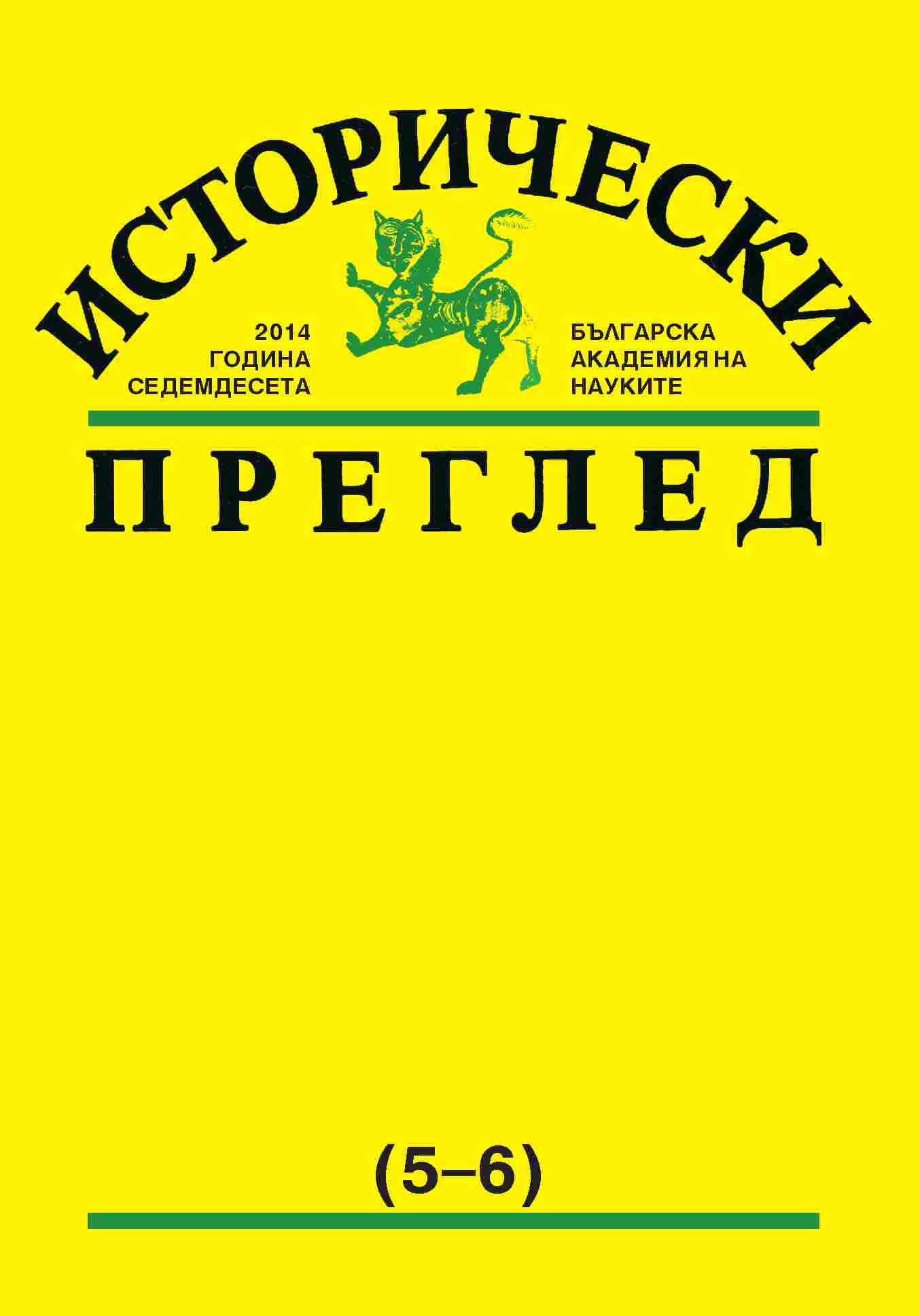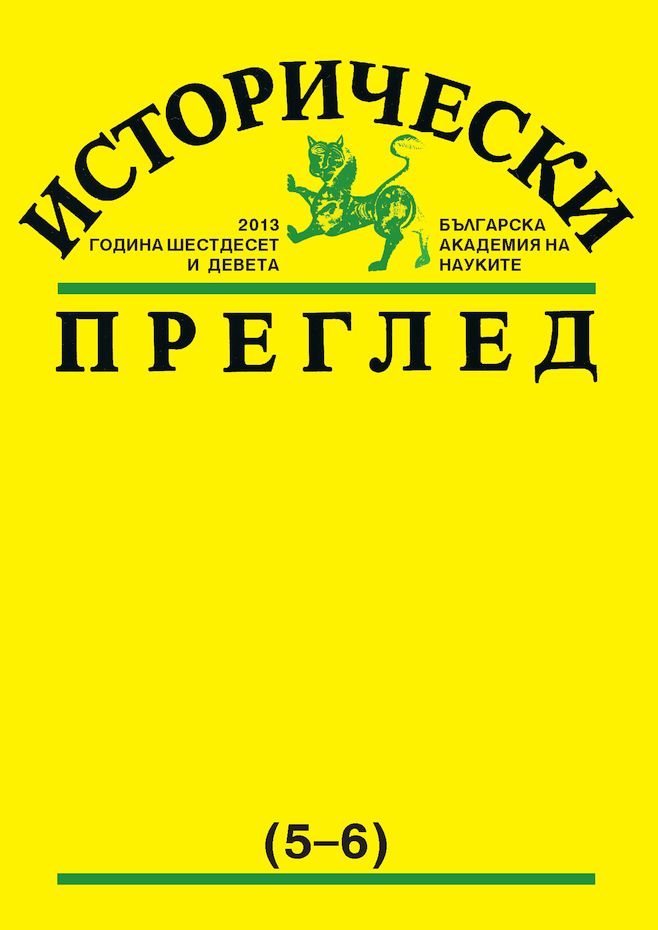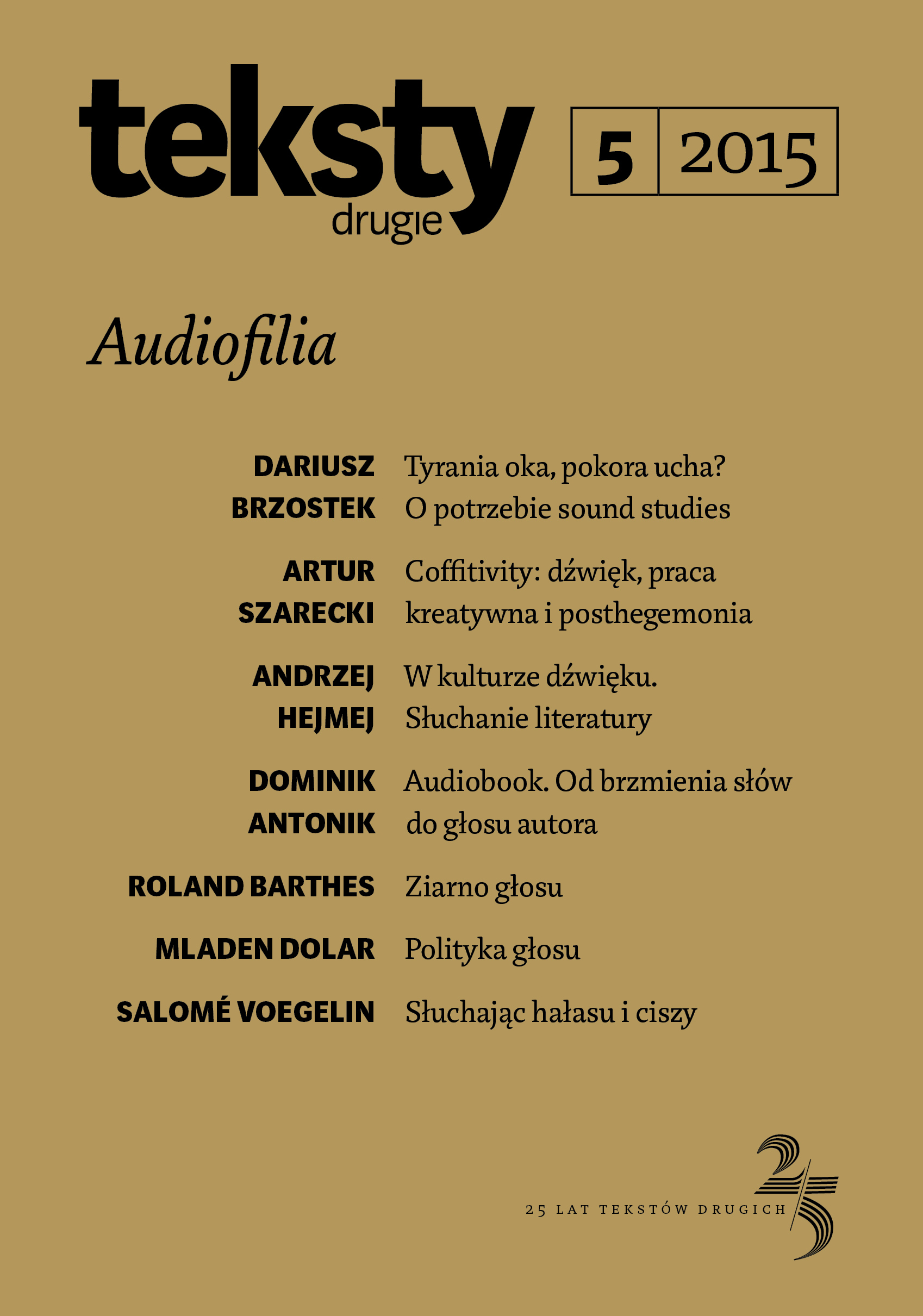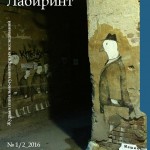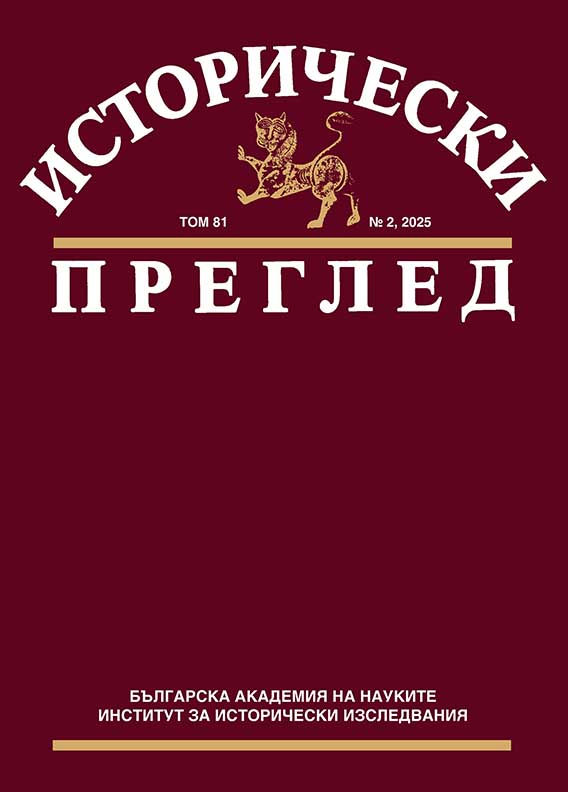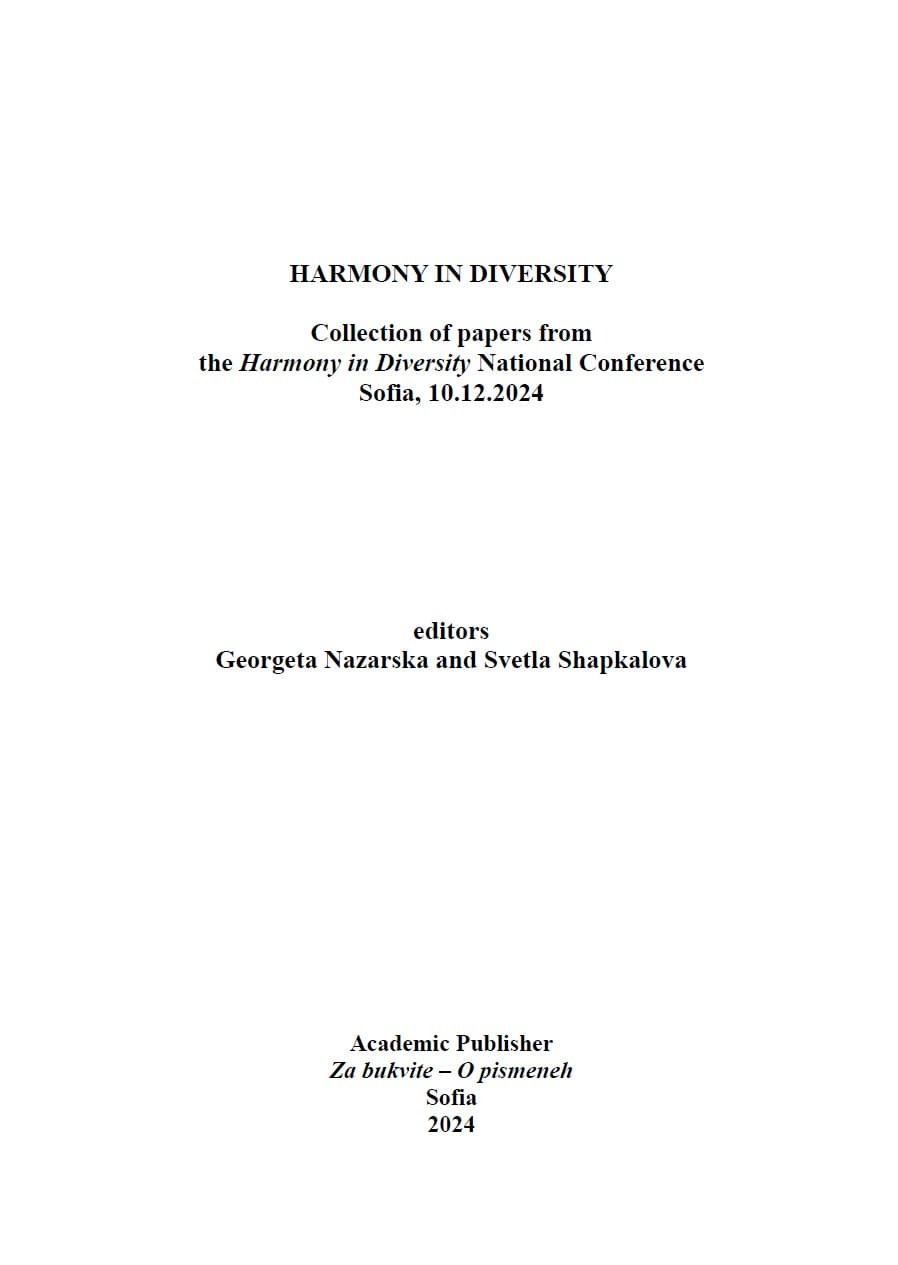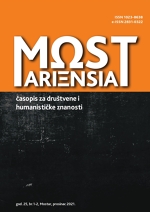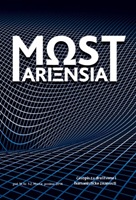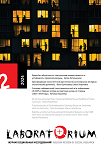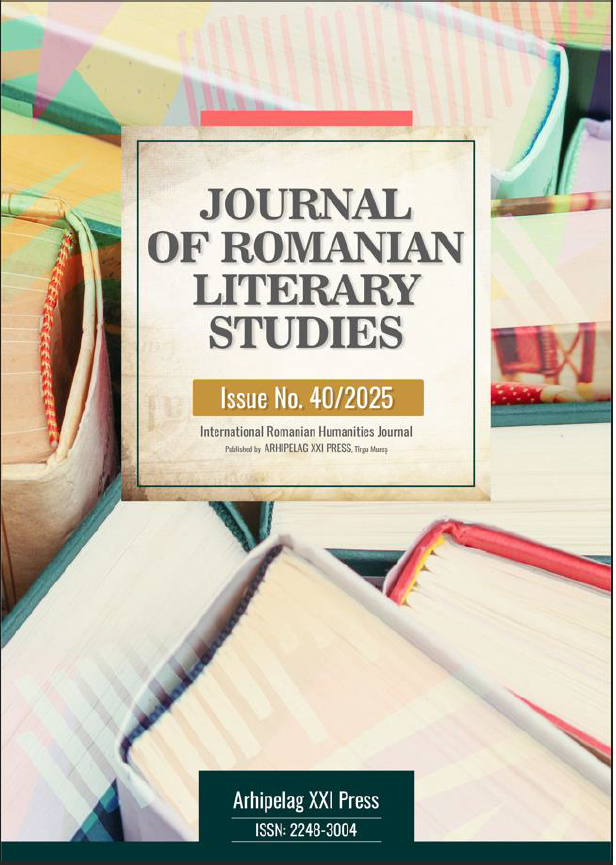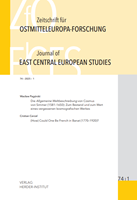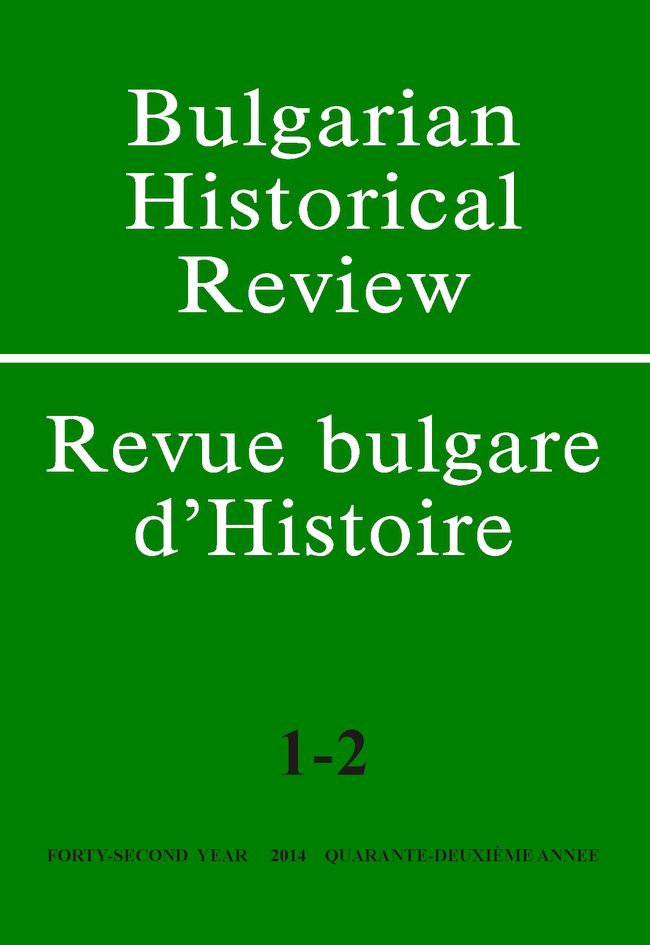
Identity, Church and State: A Bulgarian Pole among the Catholics in the Village of Dragomirovo
This paper presents a micro-historical touch to the topic of this conference, which along with the 150th anniversary of the mission of the Congregation of the Resurrection in Bulgaria refers in more general terms to Bulgarian-Polish relations based on the Catholic religion. In the focus of attention will be the Catholic priest Grzegorz / Grigoriy Piegza, 07.11.1851, Rokytnice, Poland – 29.09.1932, Przasnysz, Poland), Polish by origin and Bulgarian by identity, who was involved in the disputes on the priests issue in the Nikopol diocese and the ecclesiastical strife between the two communities of Catholics in the village of Dragomirovo, Svishtov region. The events took place from the end of the 19th century to the immediate aftermath of the First World War - a period when the national factor acquired strong positions in the relationship between state, bishop, clergy and congregation in the northern Catholic diocese in Bulgaria.
More...
